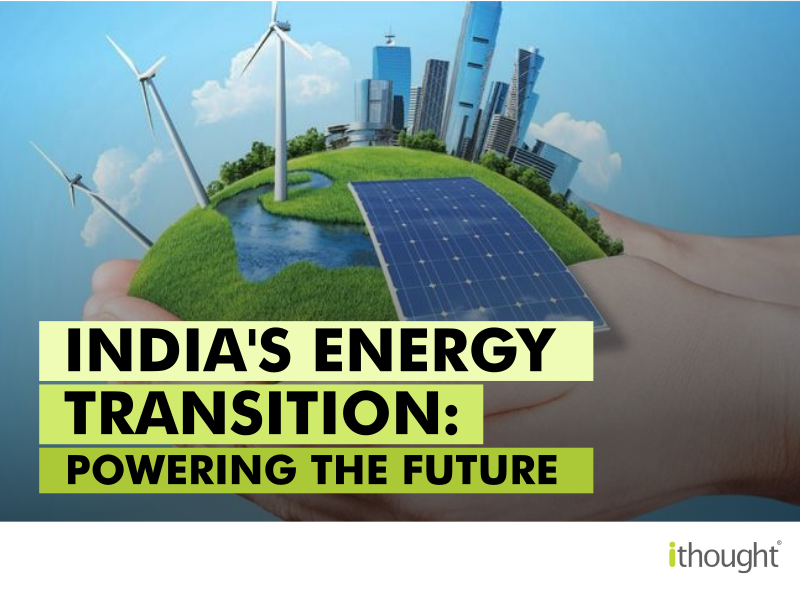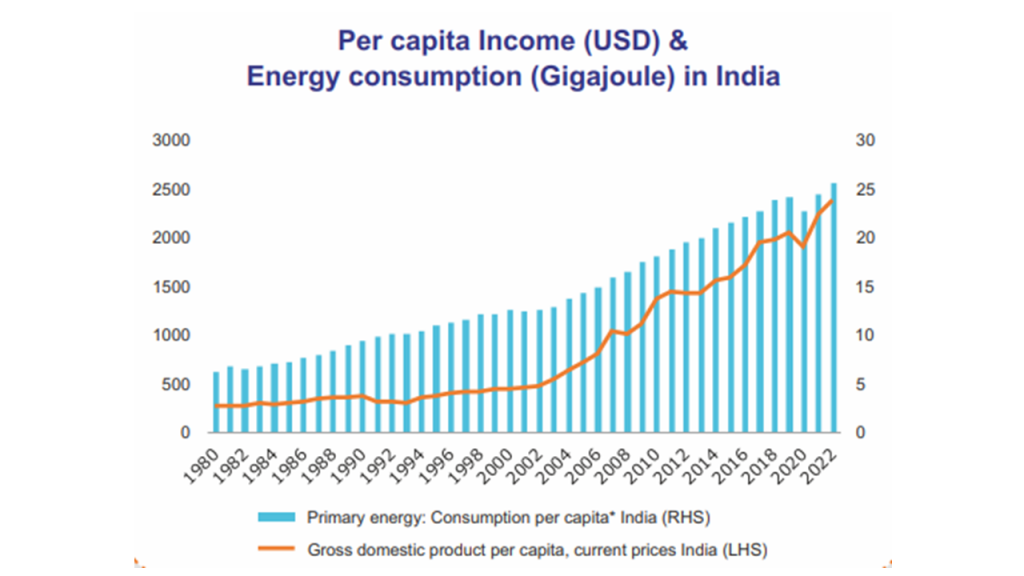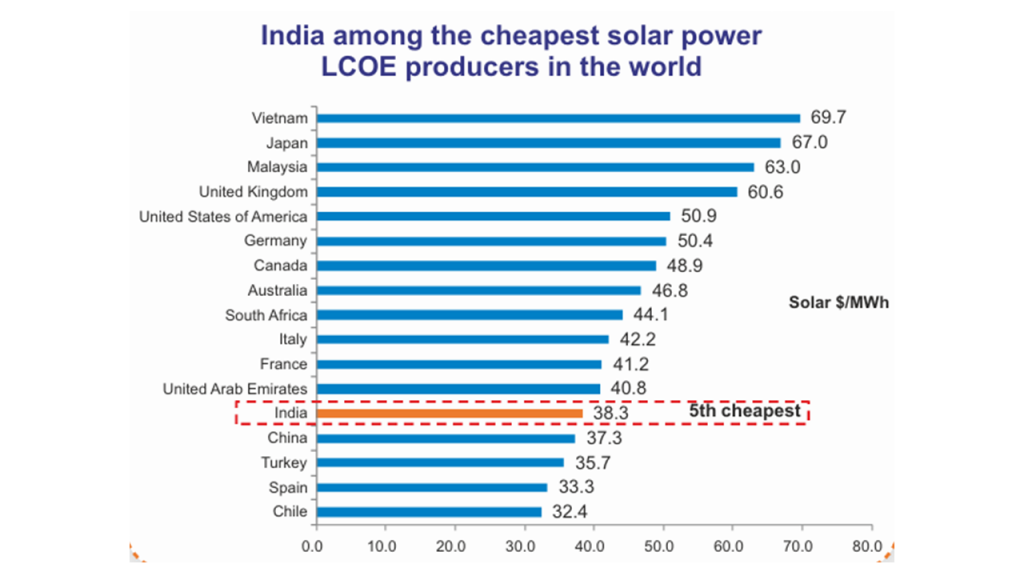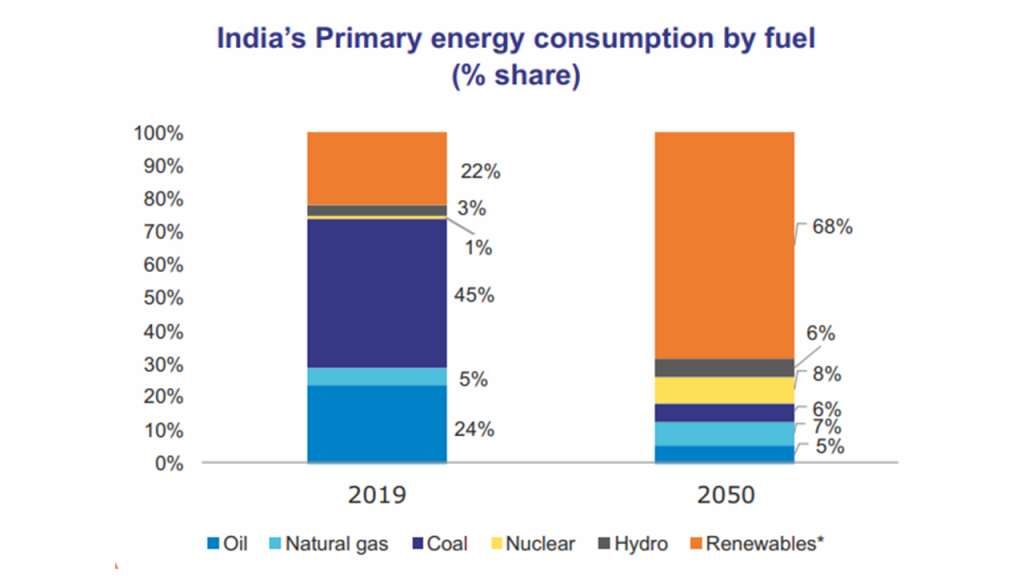
For India, energy security is a story of change. One cannot ignore the significance of reliable and accessible energy sources in a country with an increasing population and an expanding economy. This journey has seen India grapple with dependence on fossil fuels and embrace a future powered by clean and sustainable renewable resources.
India’s economy has displayed remarkable resilience despite the geopolitical turmoil and shrinking supply chains. In 2023, India’s GDP exceeded expectations, with a growth rate of 7% year-on-year. This was primarily fuelled by expansion in the manufacturing and construction sectors, while the service sector’s growth remained moderate. Looking ahead to 2024, despite global challenges and the anticipated worldwide economic slowdown, India’s GDP is expected to grow rapidly at 6.5%.
From Reliance to Resourcefulness
Energy consumption is expected to grow in tandem with GDP growth. With India expected to be the third largest economy in the world, its per capita energy consumption will also witness a significant rise.
The share of coal generation is expected to decrease marginally from 74.3% in 2023 to 73.2% in 2024, primarily driven by aggressive capacity addition on non-fossil fuel. India was heavily dependent on imported fossil fuels for years, making it highly susceptible to price changes and geopolitical tensions. According to the International Energy Association (IEA) 2021 report, India was the third largest global energy importer, with over 80% of its energy mix coming from fossil fuels. To address this challenge and make a meaningful change, the government reduced the subsidies provided for fossil fuels to make renewable energy more competitive.

India’s energy transition is on the rise. Following successfully hosting the G20 Summit in 2023, India positioned itself as an attractive destination for energy transition-related investments. In 2023, India added about 17 GW of capacity, of which 13.8 GW was non-fossil additions. India expanded its financial assistance to promote green hydrogen ecosystems and laid the groundwork for its domestic carbon markets.
Prime Minister Modi has set ambitious targets to build 500GW of renewable energy capacity by 2030 and reduce emission intensity by 45% to aid this growth further.

A Global Leader
The falling cost of capital and ever-cheaper solar equipment due to improved module efficiency have pushed solar tariffs down in India. India has the potential to be a cost-competitive country since solar tariffs have fallen sharply from ₹17/unit to less than ₹2.5/unit over the past decade, making it competitive with coal and other sources. The government’s support, through varied policies such as Pradhan Mantri Ujjwala Yojana (PMUY), has helped in the installation of over 89 million clean cooking solutions in rural households.
The government has also implemented a blending program to promote ethanol as a more sustainable fuel source. This initiative has proven successful, with an average ethanol blending rate of 11.60% achieved in the first four months of the current supply year, surpassing the 15% target set for the entire year. Looking ahead, the government is aiming even higher, with a target of blending 20% ethanol with petrol by the 2025 supply year. According to Union Petroleum Minster Hardeep Puri, the ethanol blending resulted in savings of over ₹24,300 crore of foreign exchange in the supply year 2022-23.

The monopolistic nature of the industry often limits consumer choice and results in high costs. However, proposed reforms such as the Electricity Amendment Bill 2022 aim to introduce competition by allowing consumers to choose between service providers. State-owned distribution companies often face financial stress due to high costs in long-term power purchase agreements, inadequate infrastructure, or inefficiency in operation. The private sector’s involvement can help alleviate these issues and promote innovation, reduce waste, cut down on costs, and improve infrastructure while expanding access to sustainable energy sources. By diversifying energy sources, private sector participation can ensure a balanced and sustainable energy mix while enhancing energy security as well. The central government has taken the first steps towards privatization in Union territories, recognizing the private sector’s potential to improve the electricity sector.
Top of Form
The Path Forward

India is taking on the challenge of transitioning towards a sustainable future and has made significant strides towards achieving energy security. As the world’s third-largest energy market, the country’s energy consumption is projected to increase by 2.5% CAGR over the next three decades. India is shifting towards renewable energy, with a goal to increase its share to 68% from the current 22%. This transition is essential for the country’s sustainable development and will make India the fastest-growing energy market globally through 2050. India’s emphasis on innovation and dedication to ambitious clean energy goals will establish it as a global leader in the energy transition among developing nations.